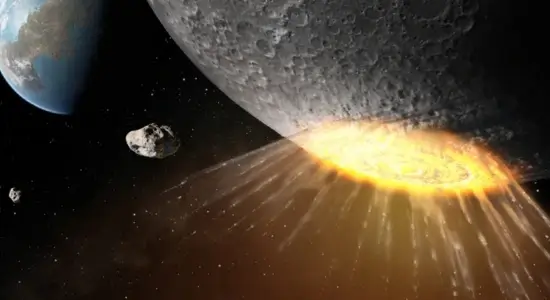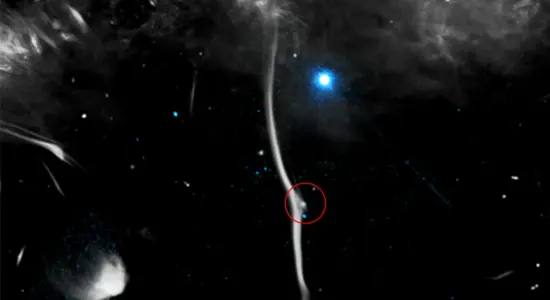 Mar by nasa.gov
Mar by nasa.gov
From its beginnings to the present day, Mars has always been a prime target for humanity to find a new home. We have many projects with huge investments to explore. along with analyzing the composition of Mars With the expectation that in the end it will be able to collect all the information. And it turns out that Mars really does meet the requirements of being a new colony, and the efforts have always yielded impressive results. This time is the same. When the ripples on the fossil rock are telling us that Mars may have been many things like Earth before.
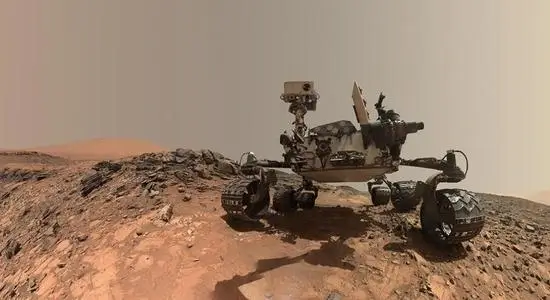 Image of the Curiosity rover. nextwider.com
Image of the Curiosity rover. nextwider.com
This latest work is of a team that uses rover cars to explore mars They’ve developed four versions of the rover so far, the one that’s still in operation and has been working on Mars for the past seven years, the Curiosity. It is equipped with 17 imaging cameras, robotic arms and other tools necessary for surveying and collecting samples. State-of-the-art technology is also installed to give Curiosity a mobile lab-like feature.
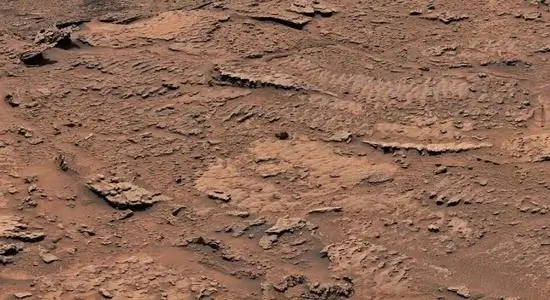 Image of the surface of the Marker Band and the water ripple marks. iflscience.com
Image of the surface of the Marker Band and the water ripple marks. iflscience.com
Previously, a line of rocks that was clearly different from the surrounding area was discovered. Those stones were dark, hard, and thin, arranged in a rather strange shape. We call this area the Marker Band. Until receiving information from the Curiosity rover’s survey of the ancient lake area around Gale Crater, it found traces like water waves on the rock. There is a slope of the area at some point. also found a group of rocks with strange arrangement patterns from neighboring points as well They are quite large chunks. The surface is almost smooth in the same plane. But instead, there is a wide gap between each stone. Everything is connected and helps to understand the formation of marker bands more clearly.
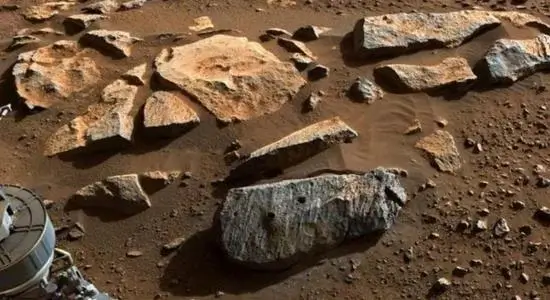 Some rocks found on Mars. ndtv.com
Some rocks found on Mars. ndtv.com
All elements in the area are reminiscent of bodies of water or natural streams. On Earth, it would be comparable to a park with complex natural combinations. Because the ripple marks on the rocks are caused by shallow water waves that gradually erode the soil and rock layers in the same rhythm over and over. Of course, the spots where traces were found may not have been rocks from the beginning. It may be just sediment or sand and then change after the drought arrives. And the smoothness of the rocks in other places may be the erosion of the deeper water level. The side with the soil slide is likely to be affected by the flow line as well. Scientists say this is the clearest evidence ever. It caused the need to change the concept again. that this area may not be as dry as initially expected It also has the potential to be a complex environment like the world itself.
- mysterious balloon flew through US airspace before finally being shot down.บอลลูนปริศนาลอยผ่านน่านฟ้าสหรัฐก่อนถูกยิงร่วงในท้ายที่สุด
- Mysterious hexagonal object and chaos over US airspace
- Interesting new perspective on questions. “Why didn’t the aliens contact us?”
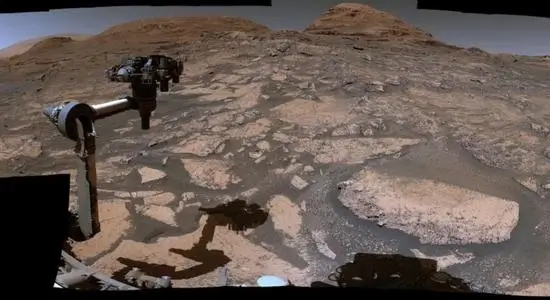 ภาพการสำรวจพื้นที่ของ Curiosity space.com
ภาพการสำรวจพื้นที่ของ Curiosity space.com
Still waiting for the results of an analysis of samples from Mars, which Curiosity has attempted several times but failed. because the required surface is too hard It is not certain how successful the next attempt will be. But even if the samples cannot be collected soon There are other tasks that must be done in parallel. such as exploring the Gediz Valley, for example.
ref : iflscience





